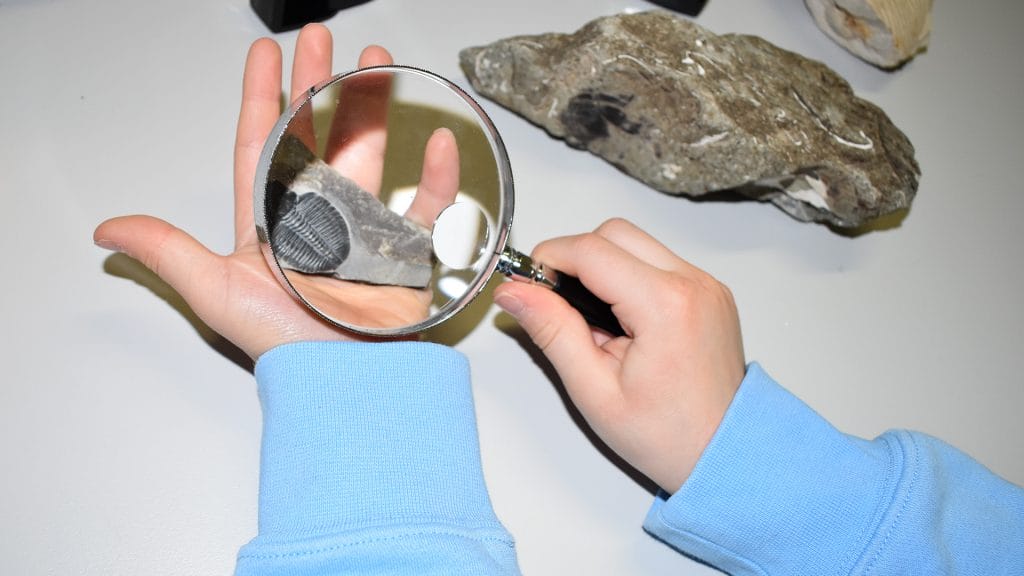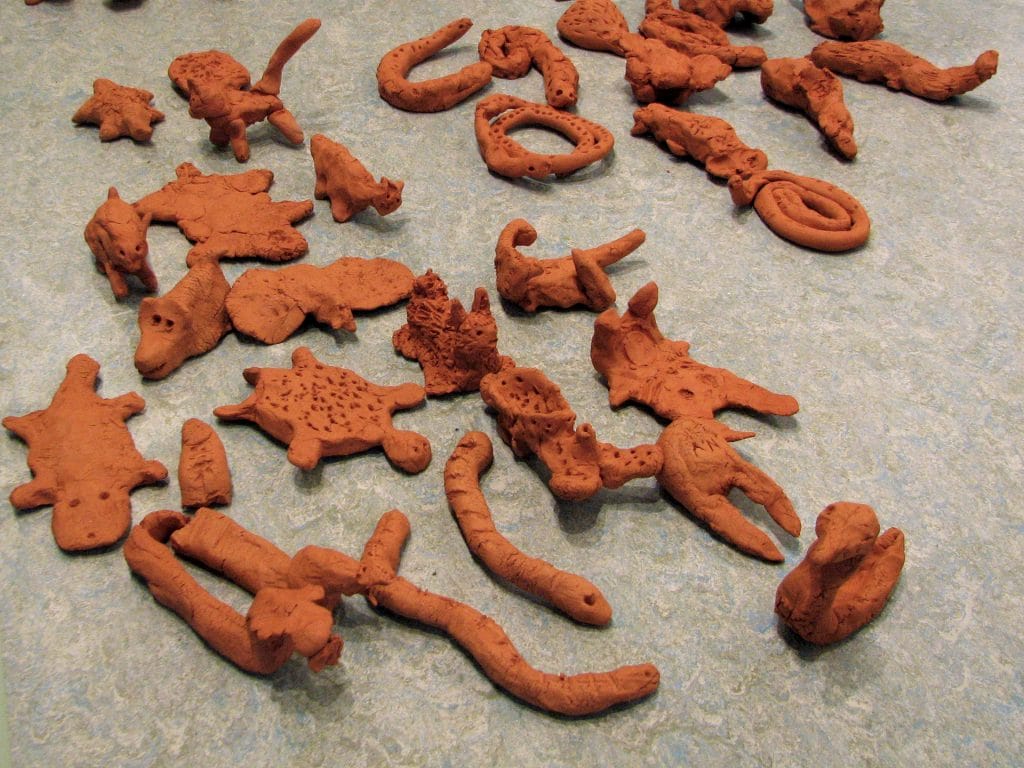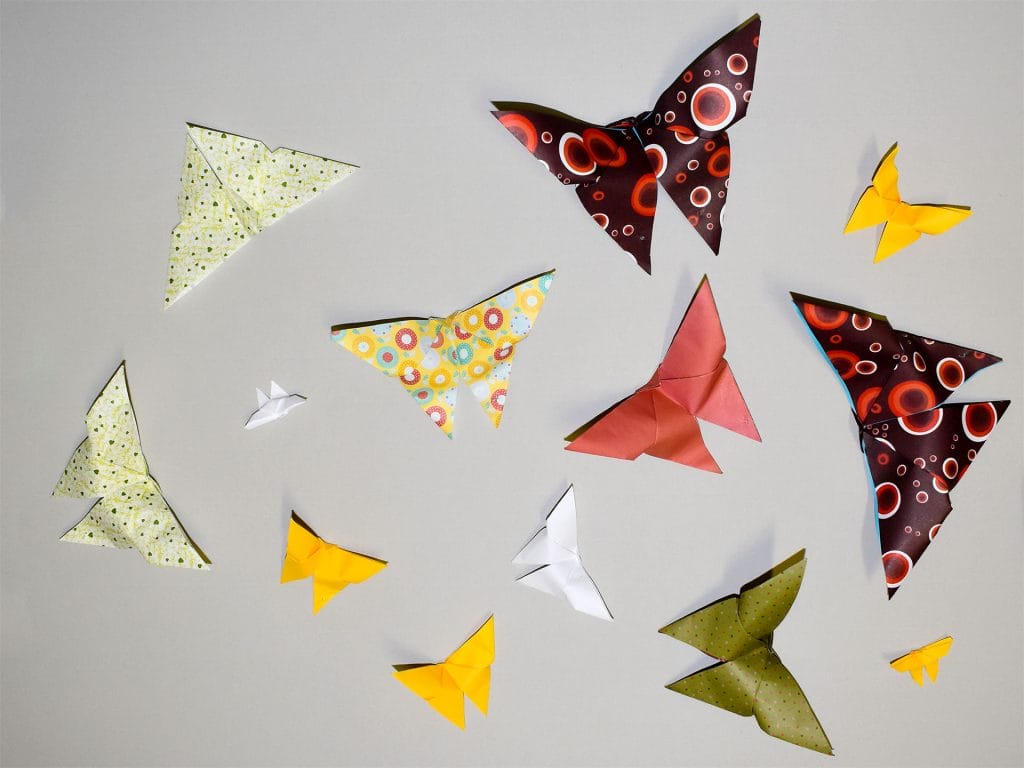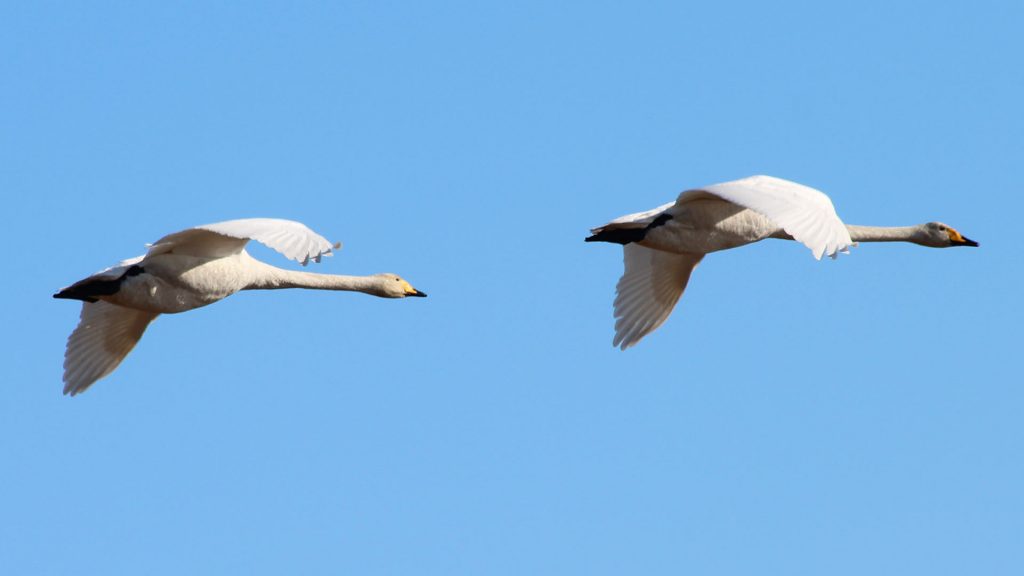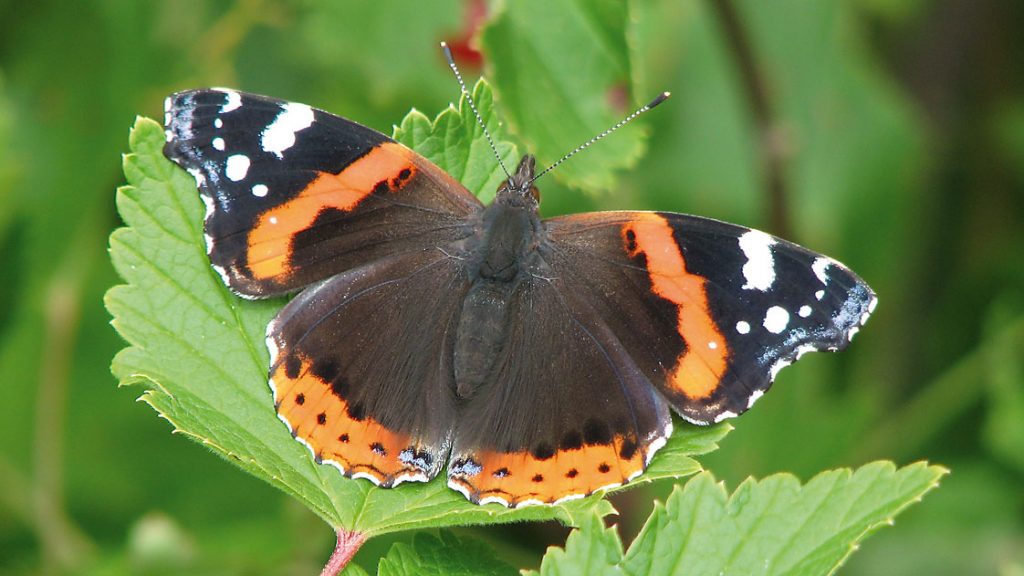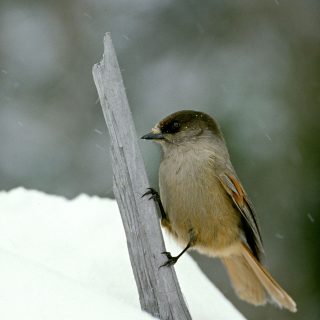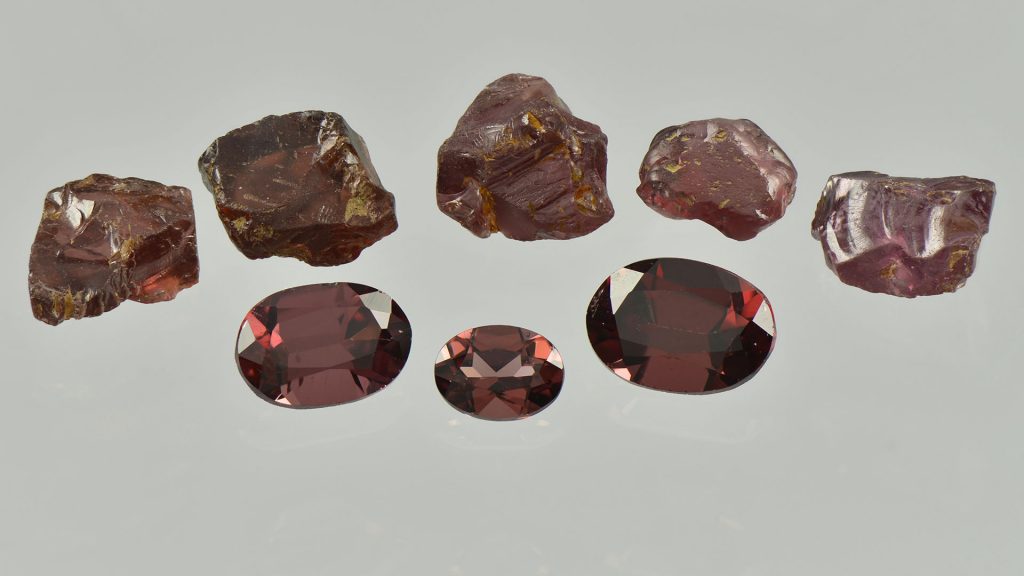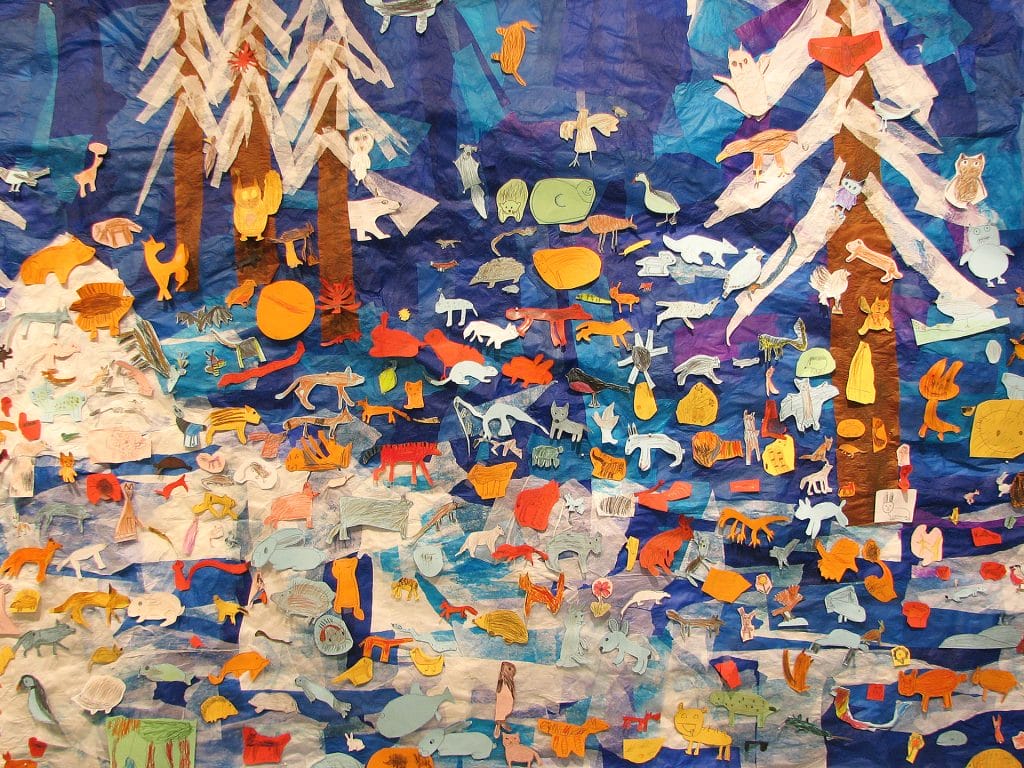Reservation and prices
Guided tours
Visitors can explore the exhibitions in Kieppi on a guided tour led by a museum guide. Time slots for the guided tours must be reserved in advance. The duration and theme of the tour can be tailored to suit your group’s interests. The group can also explore the exhibitions independently before and after the tour.
Size of the group
The recommended size for a tour group is under 25 persons, so that everyone has a chance to hear the tour guide. The maximum size of the group is 35 people, with a shorter guided tour and more independent exploring. It is also possible to divide the group, so that the other half of the group explores the other museum destinations in the Museum Quarter or enjoys refreshments in adjacent Vohvelikahvila The Waffle Cafe (open in the summer).
